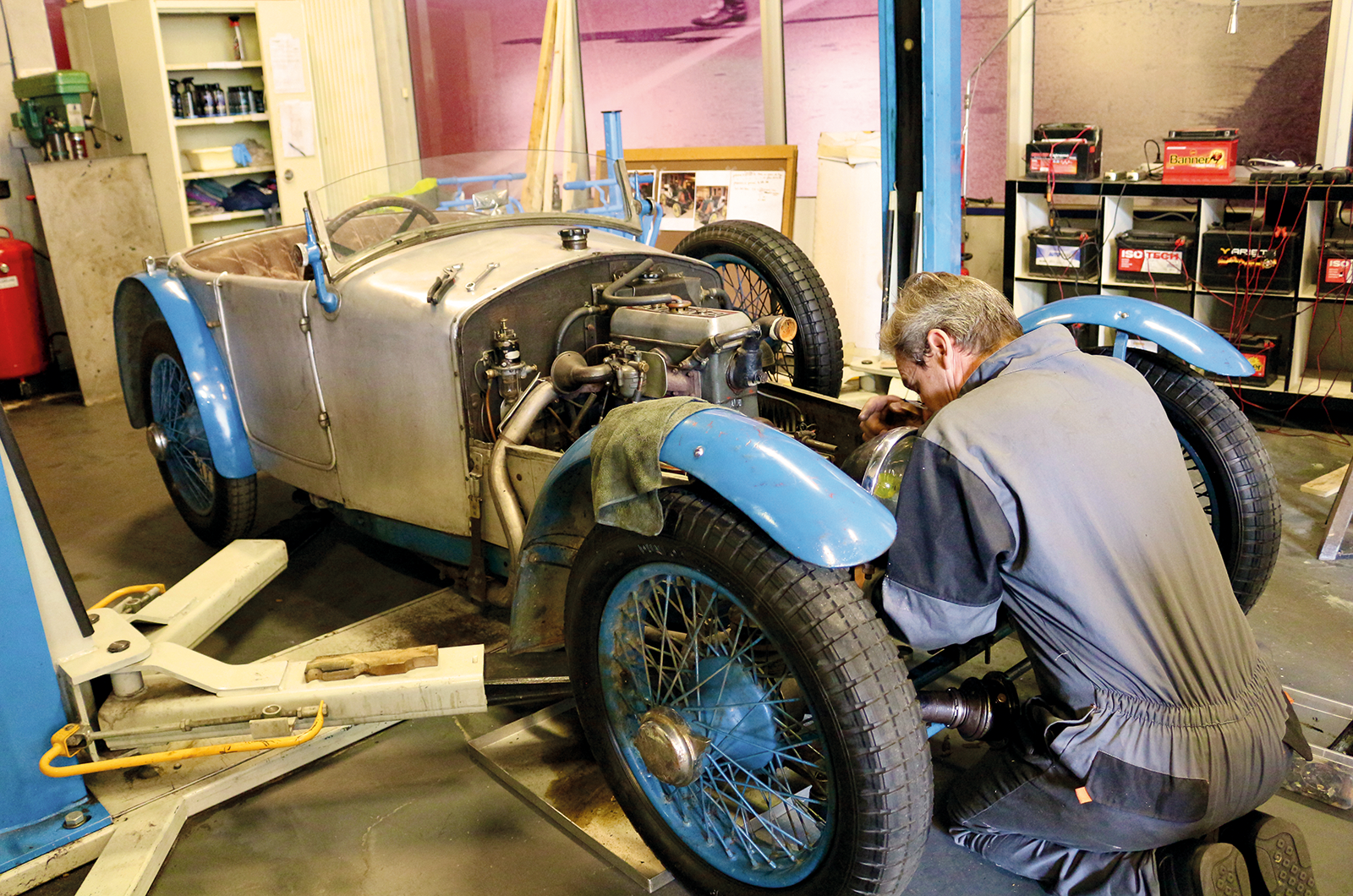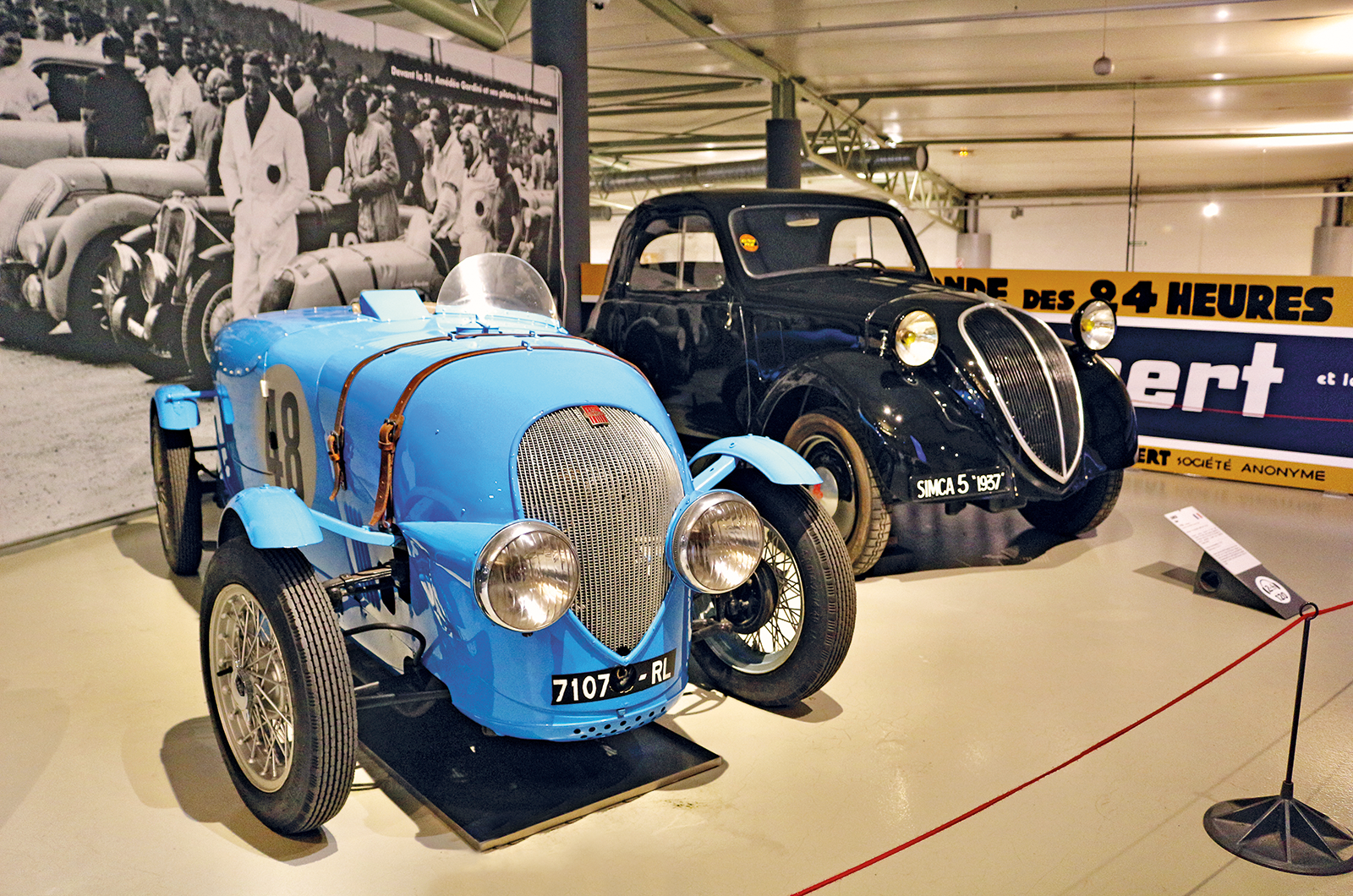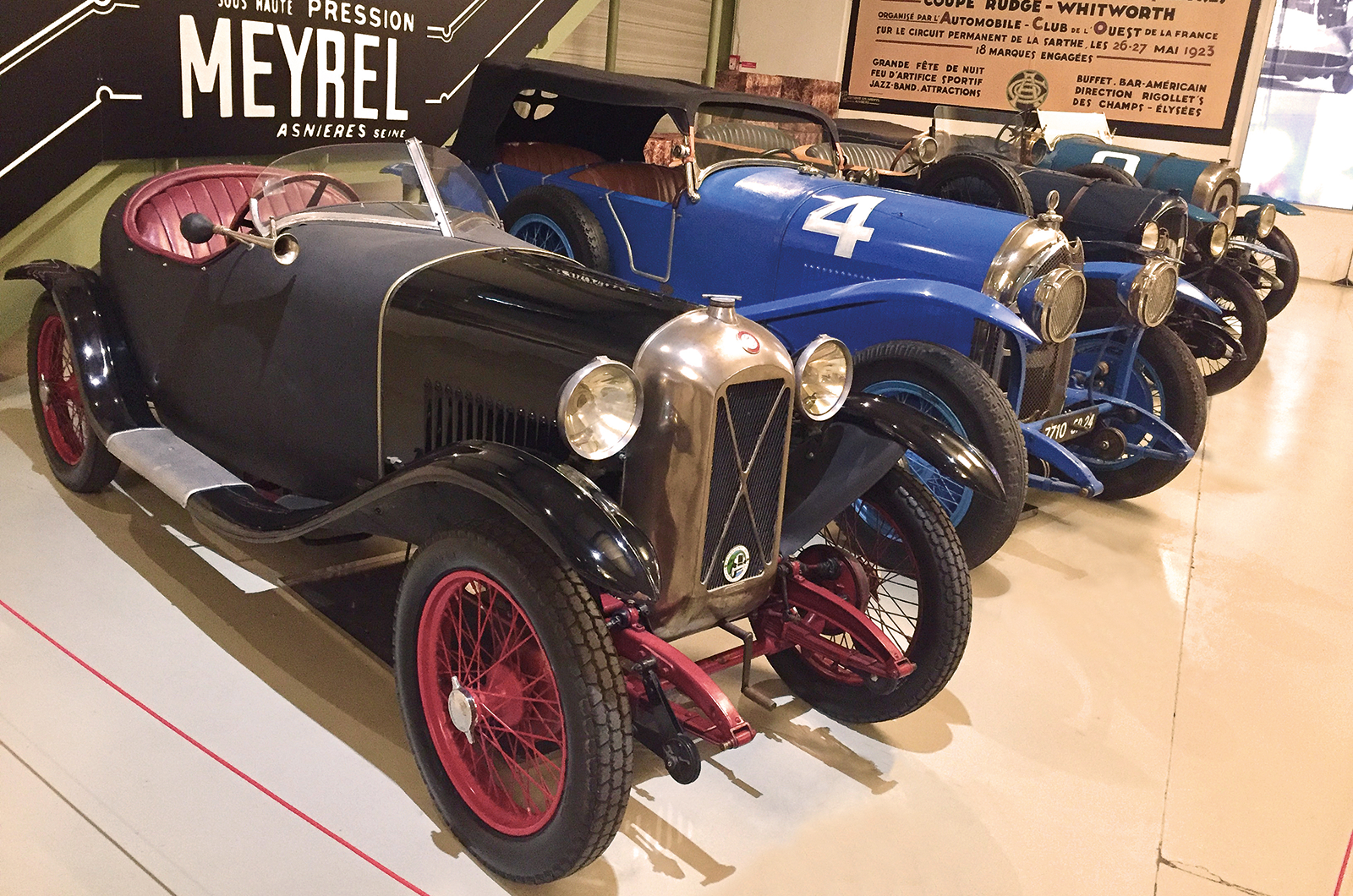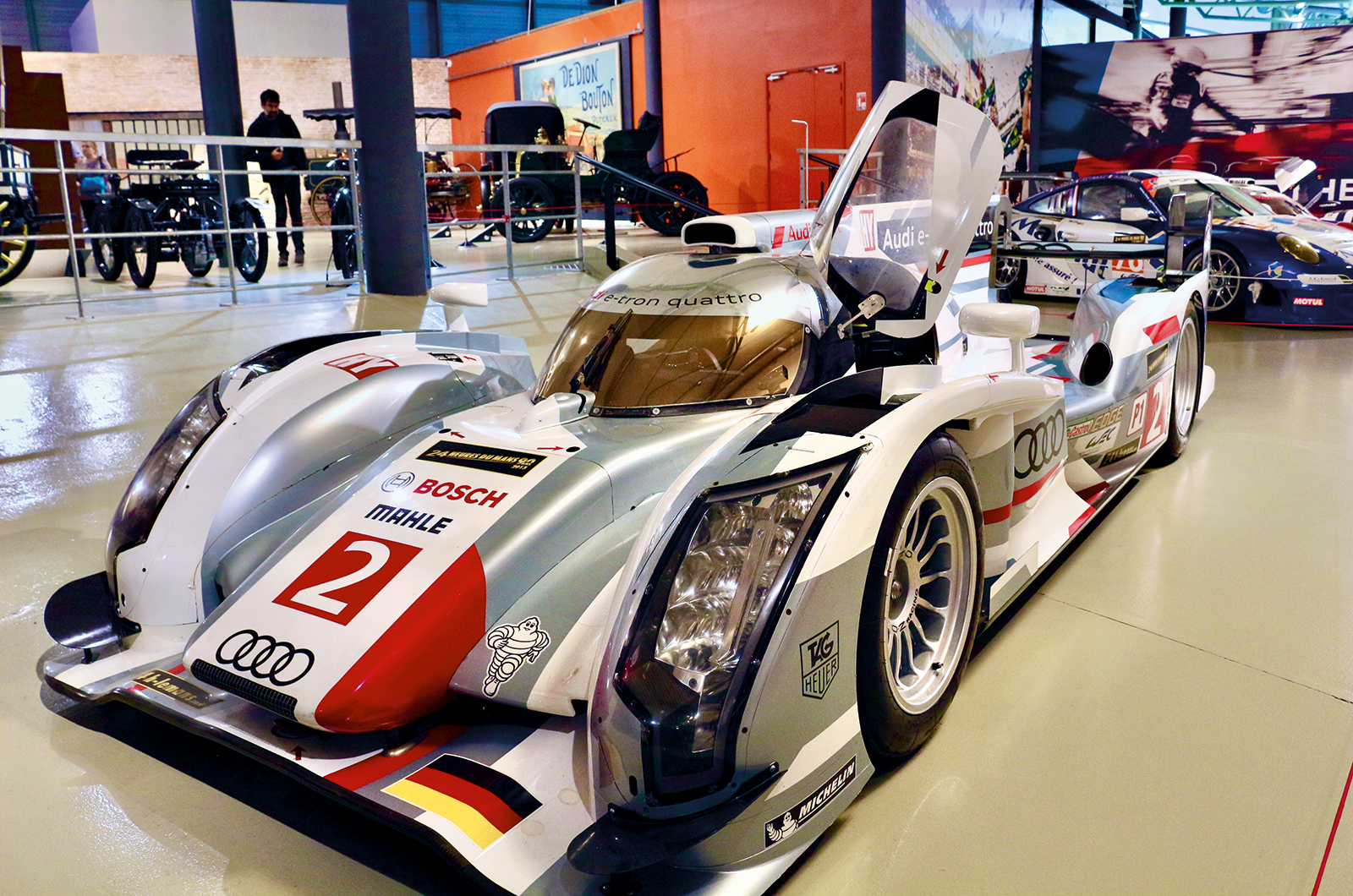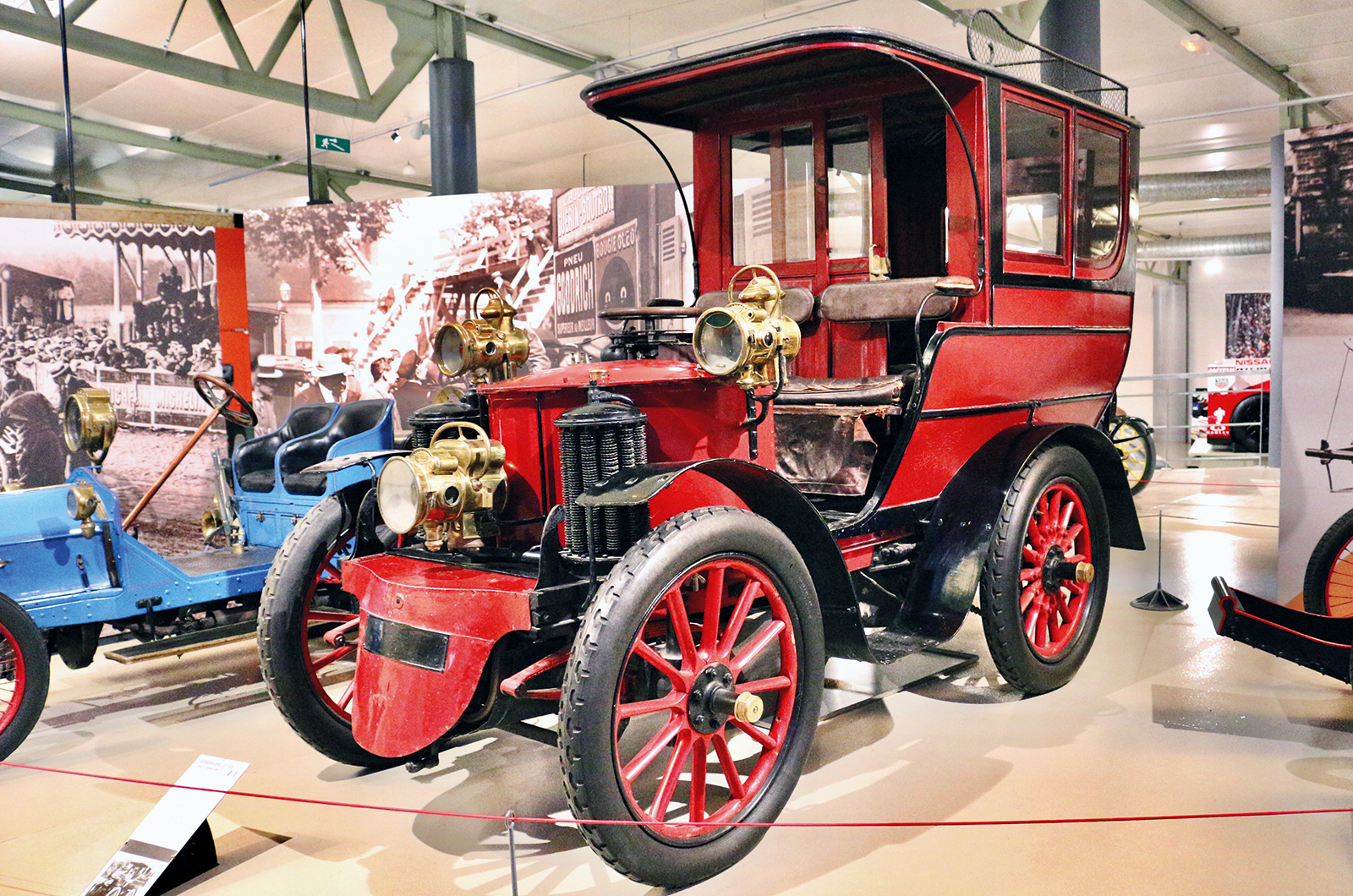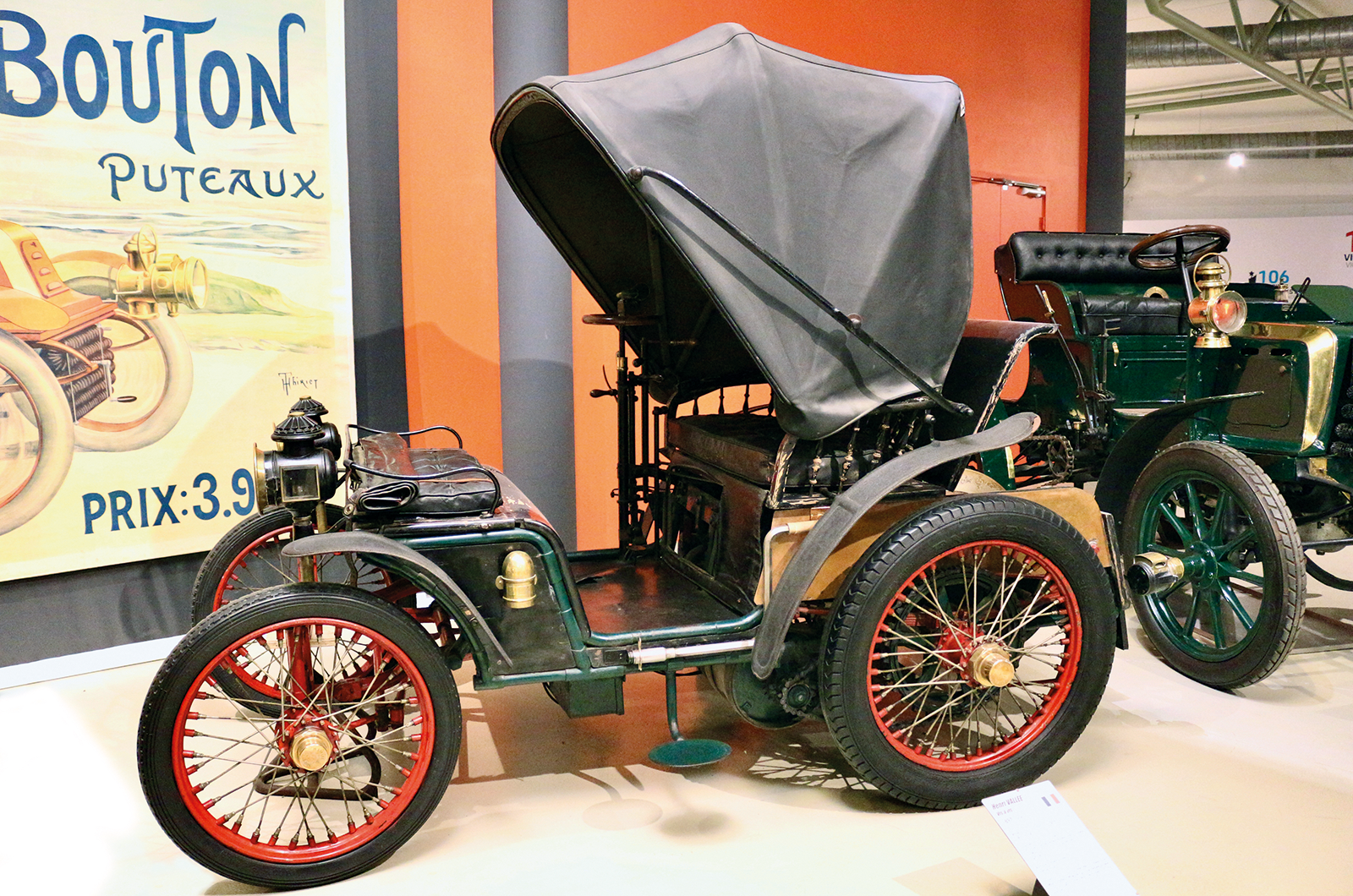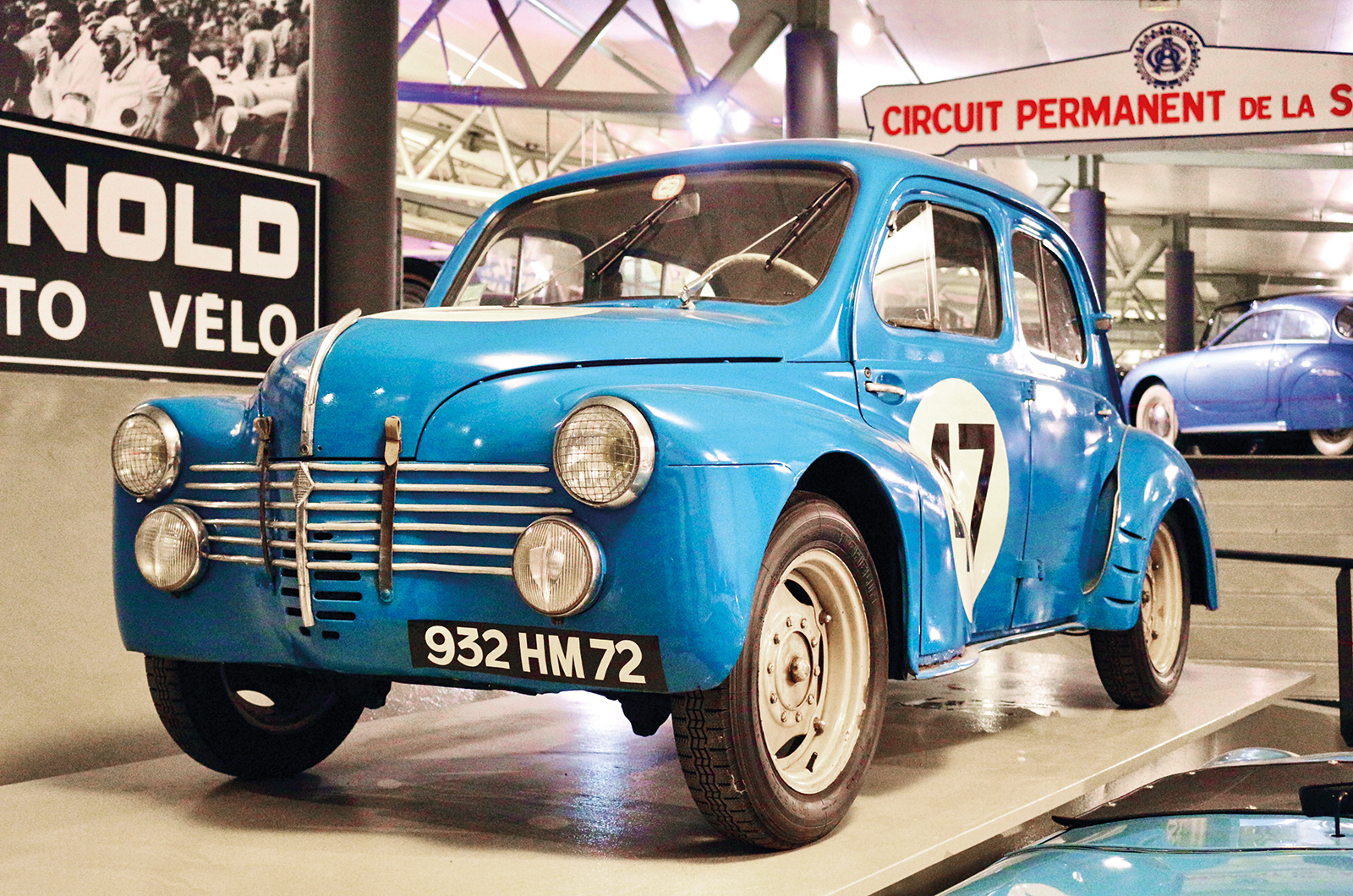
To many fans, there is no greater spectacle in motor racing than the 24 Hours of Le Mans. In 2019, its appeal even crossed over into the mainstream with the global success of the film Le Mans ’66.
For those who can’t make it to the race itself, however, the Musée des 24 Heures, located trackside, is a fine substitute and a worthwhile diversion for anyone in the vicinity.
The museum was founded in 1961 by the Automobile Club l’Ouest and moved to its current location 30 years later.
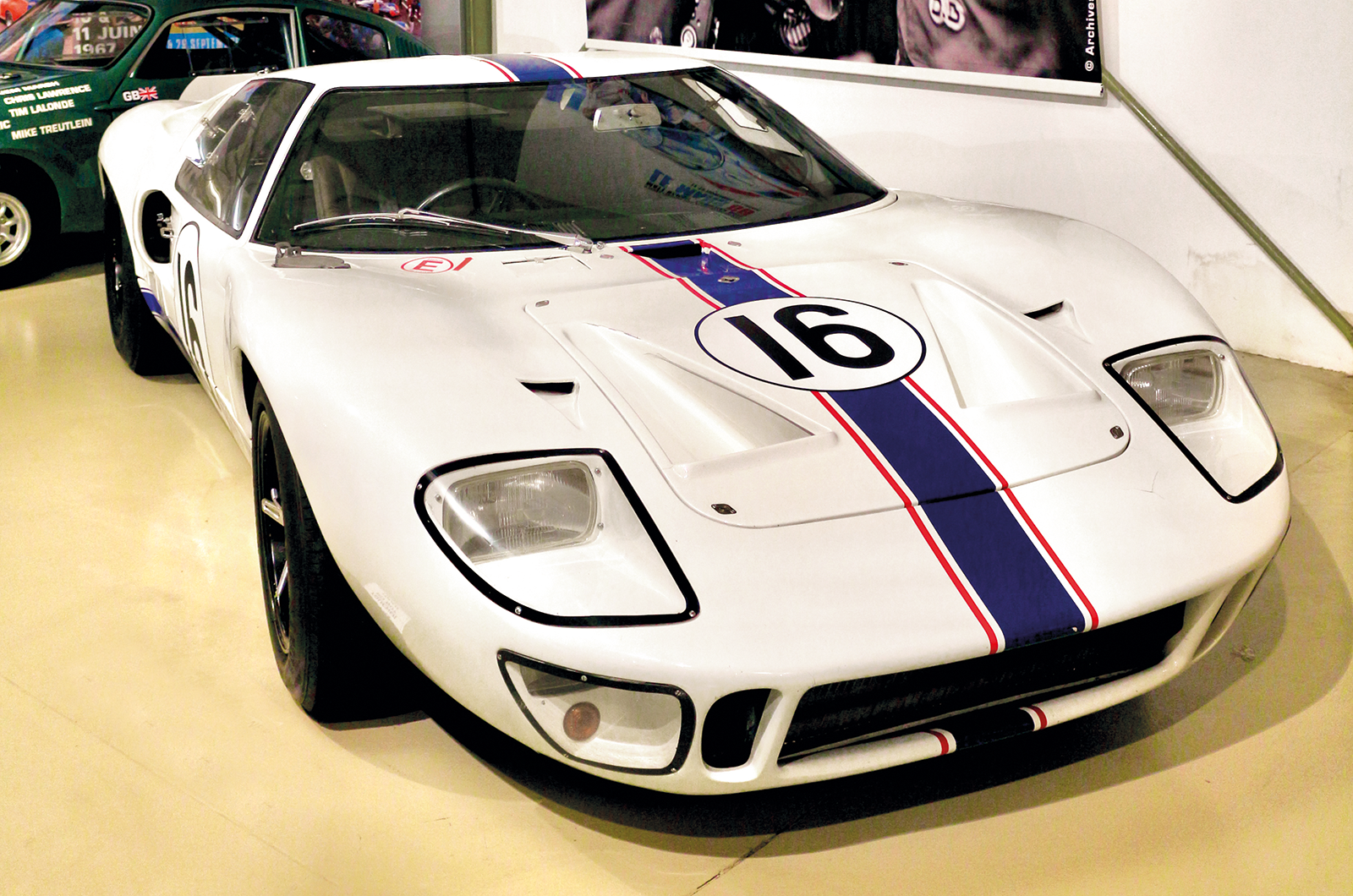
This Ford GT40 suffered a blown head gasket in the 1967 race
Its collection tells the history of motorsport across France, but with an obvious emphasis on the heralded 24-hour enduro.
Famous names featured in the often-changing exhibition include Jaguar, Ford, Ferrari, Bentley, Porsche and Matra.
The spacious museum isn’t just a monument to racing, however; it’s also a worthy classic car museum in its own right.
A non-racing display includes veteran cars with significant local history, while focusing on French automotive heritage and technology.
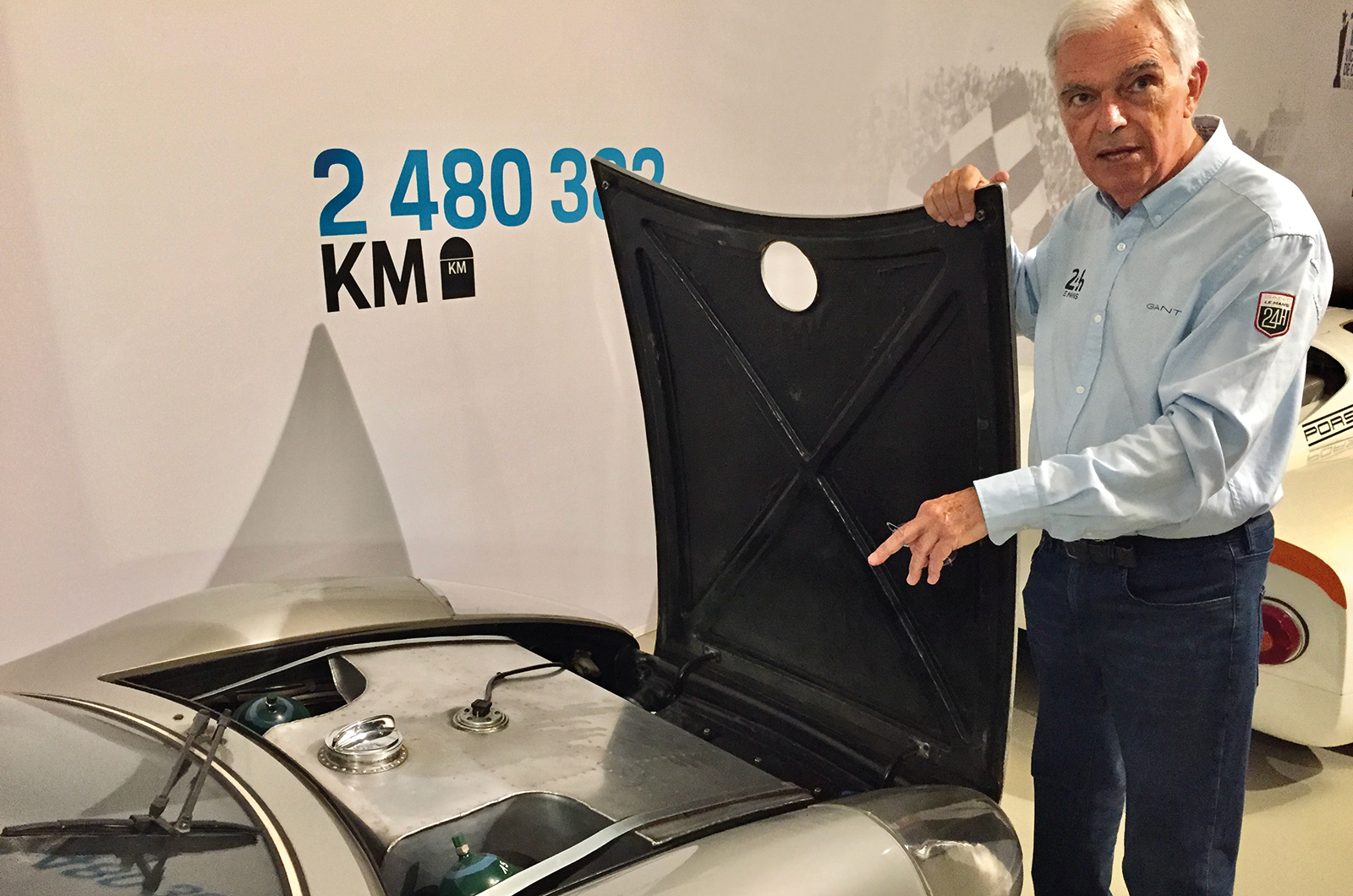
Former racer turned tour guide Hervé Guyomard


